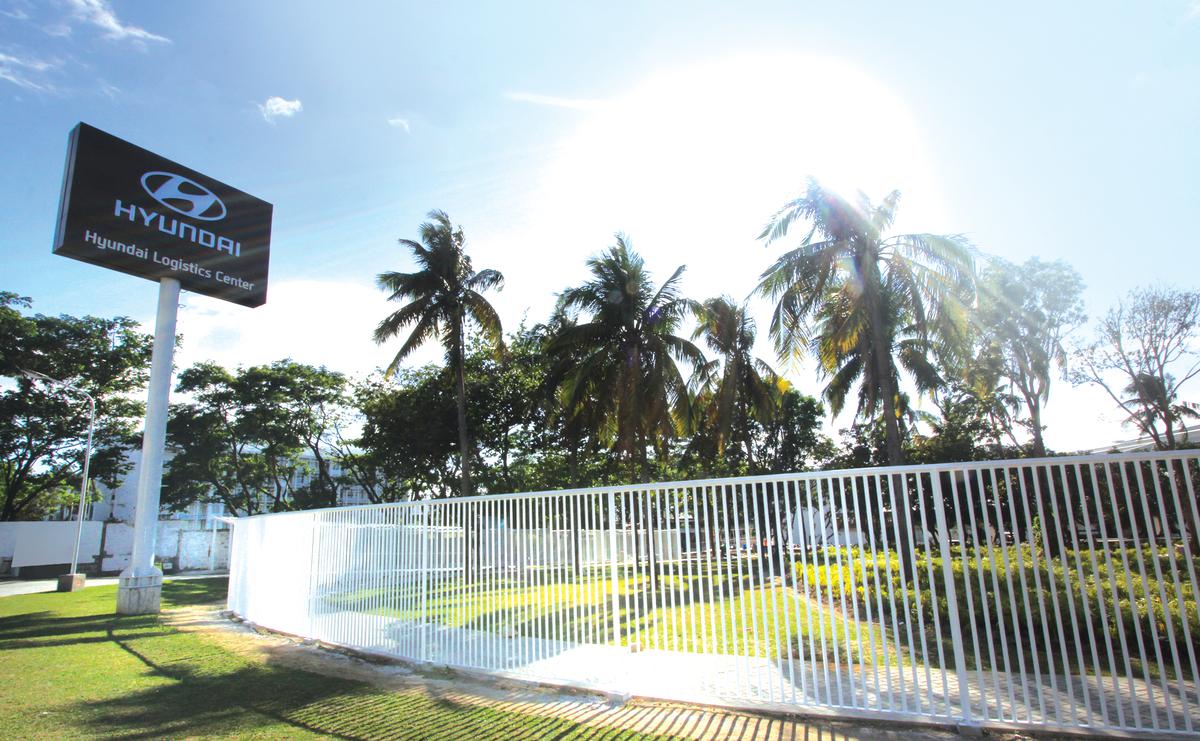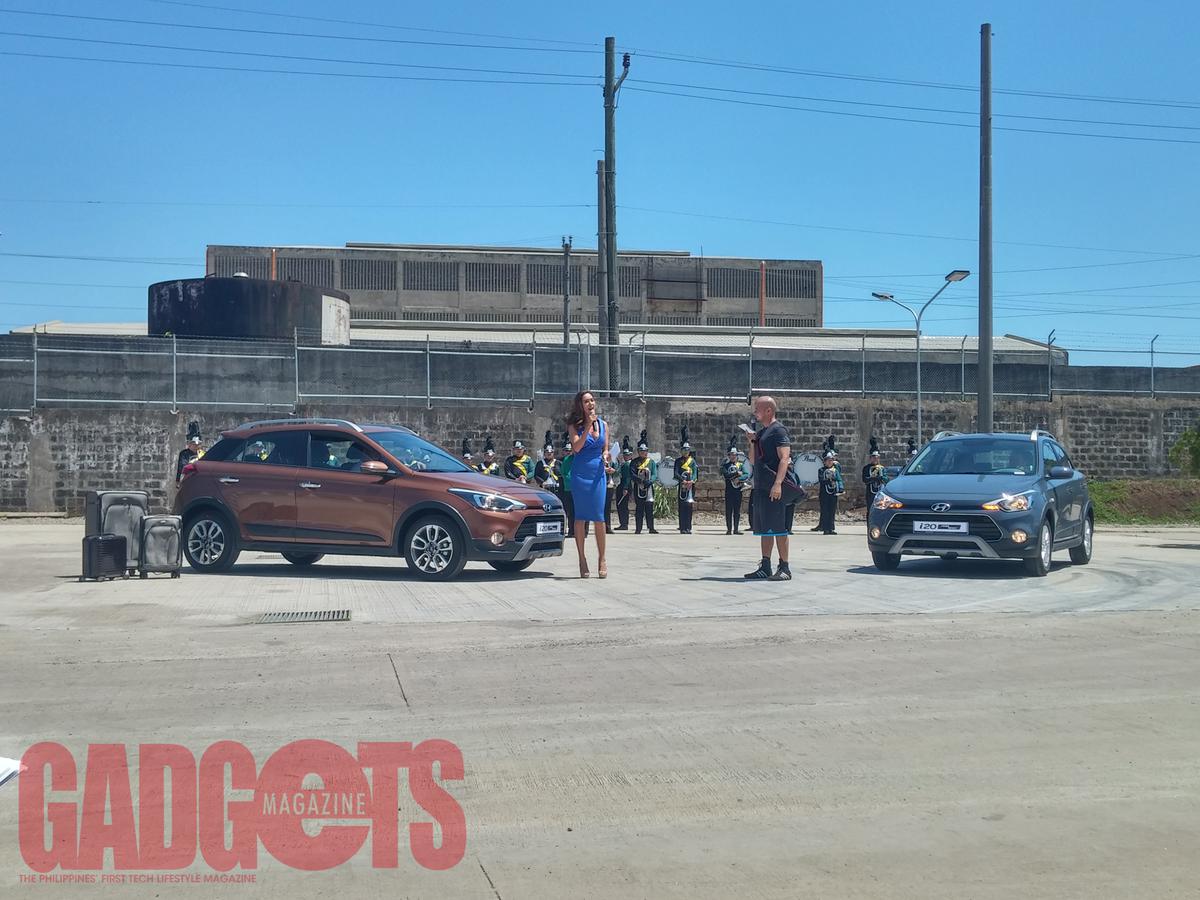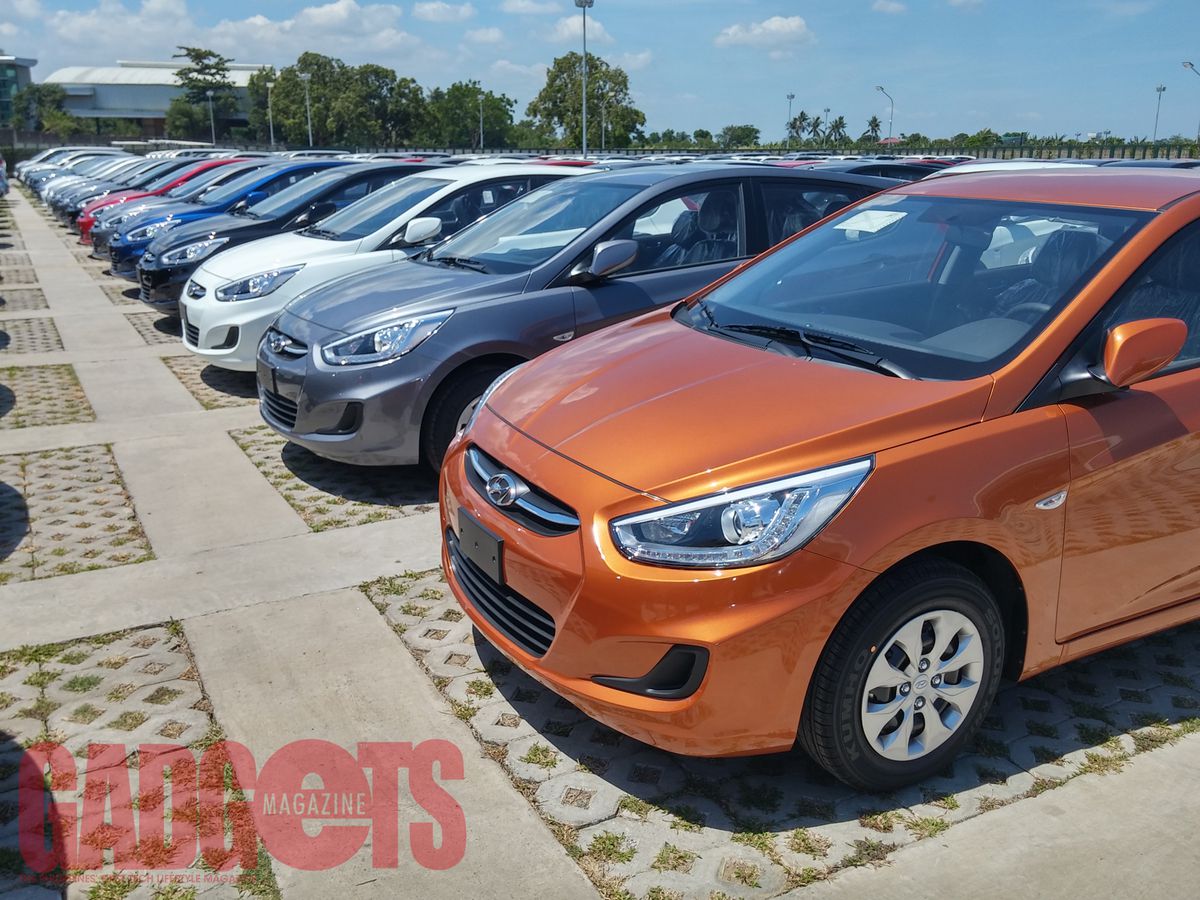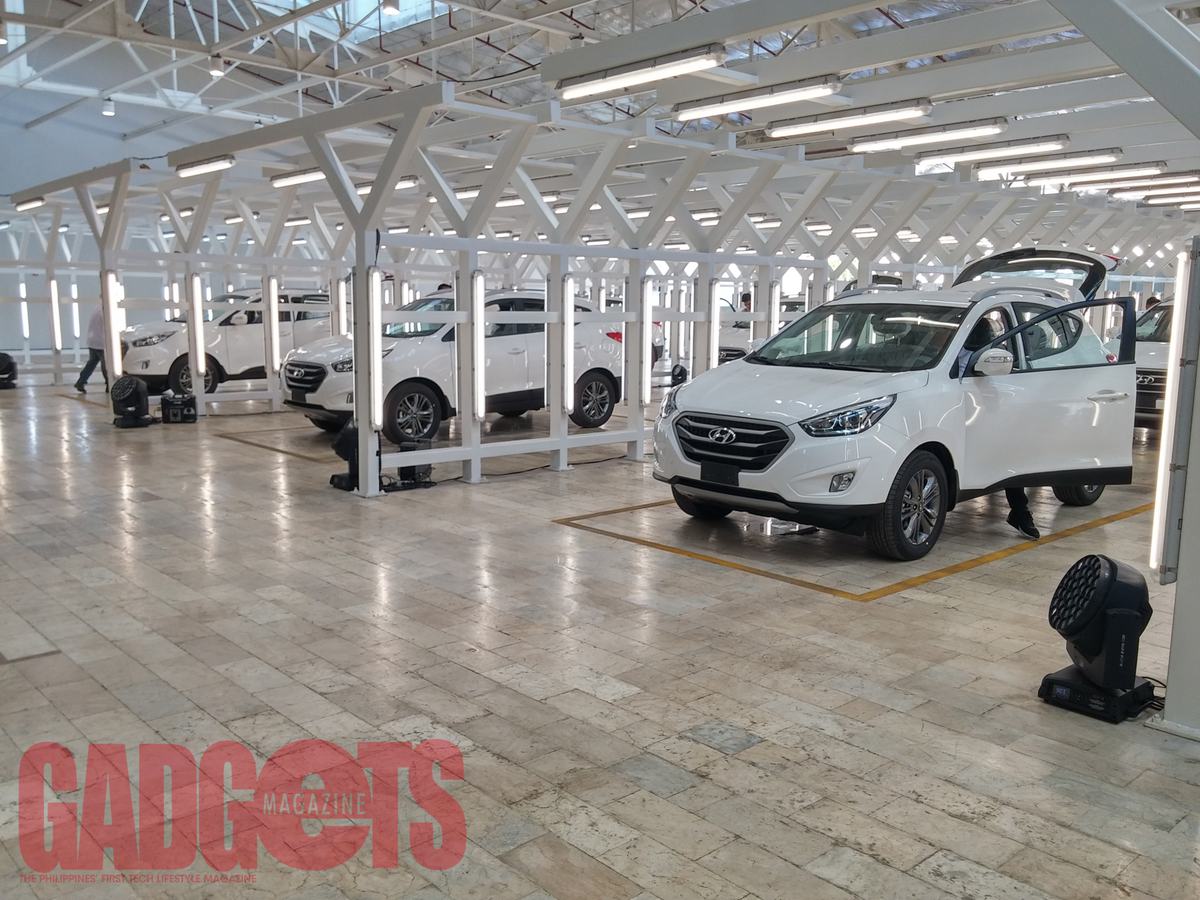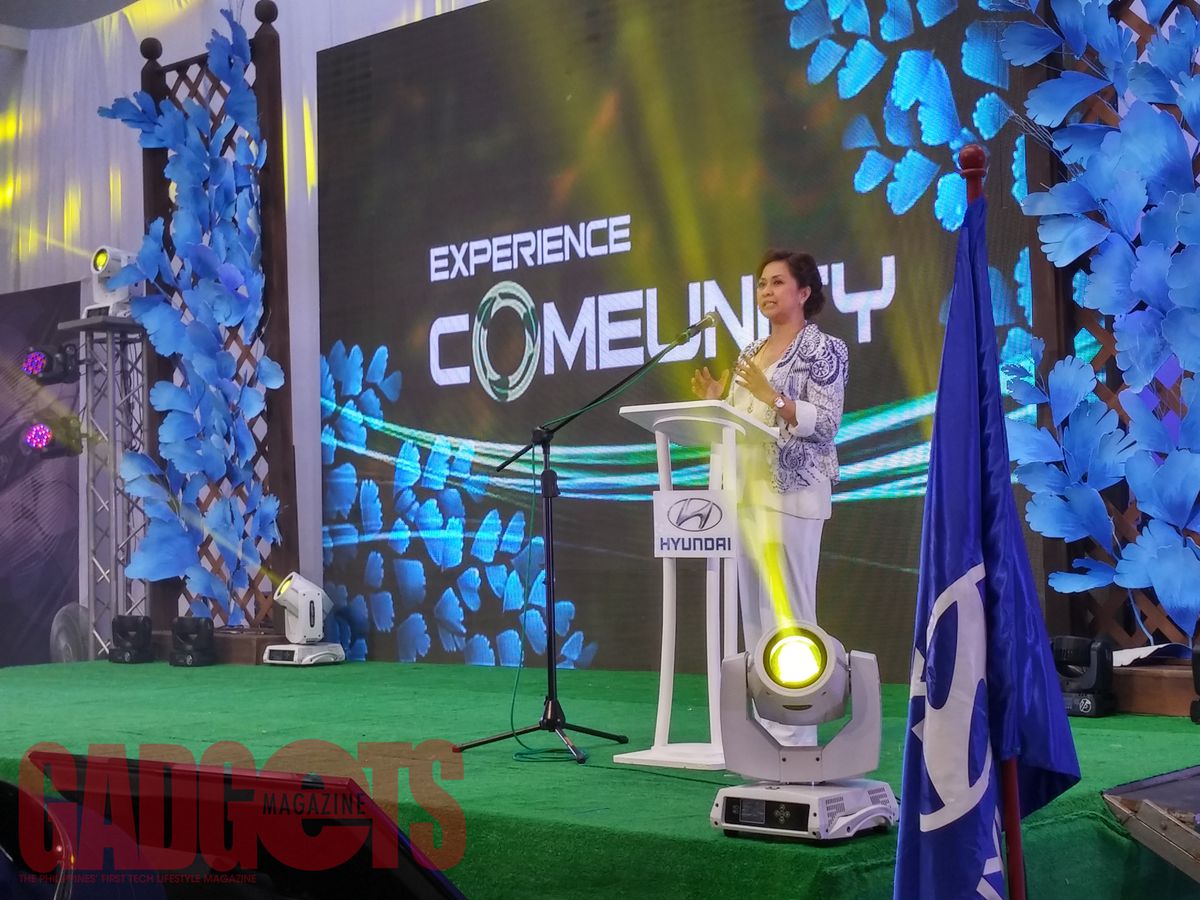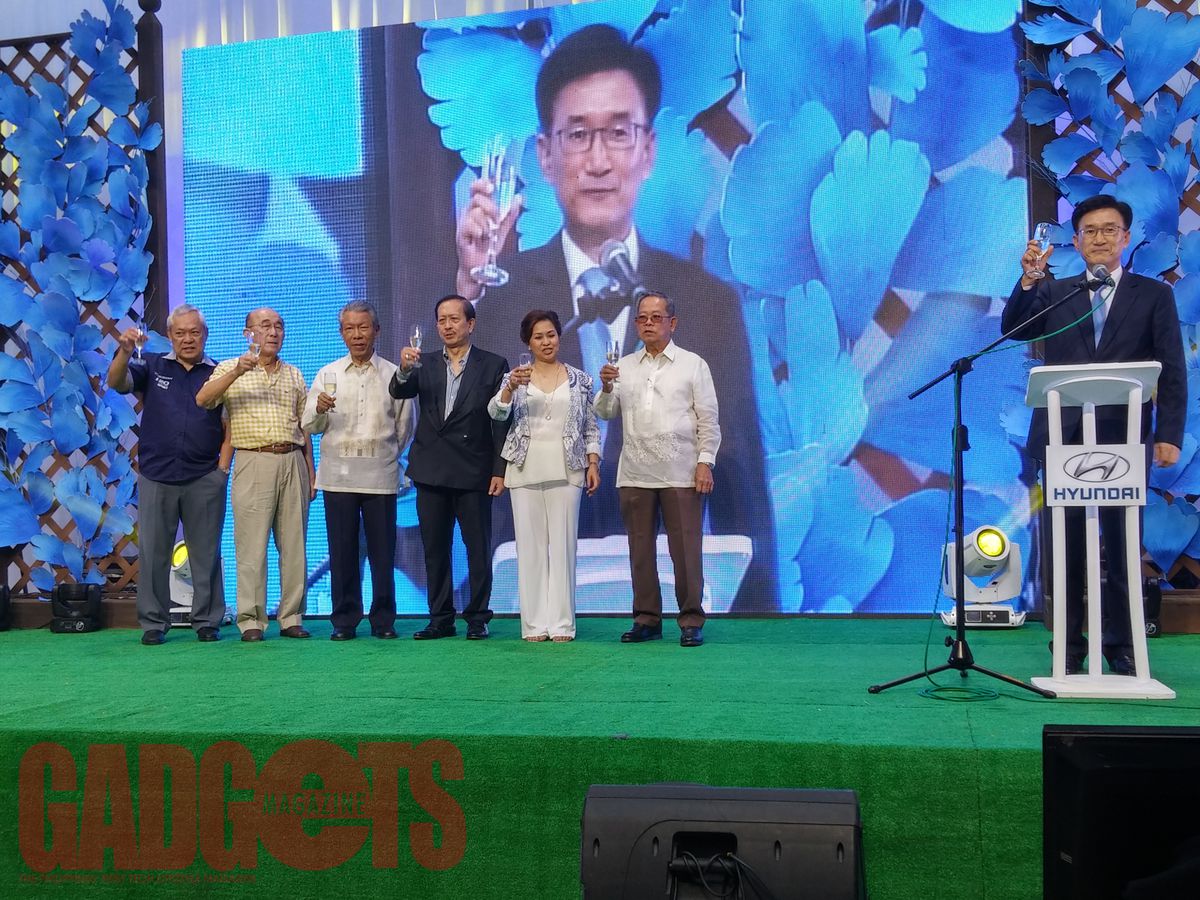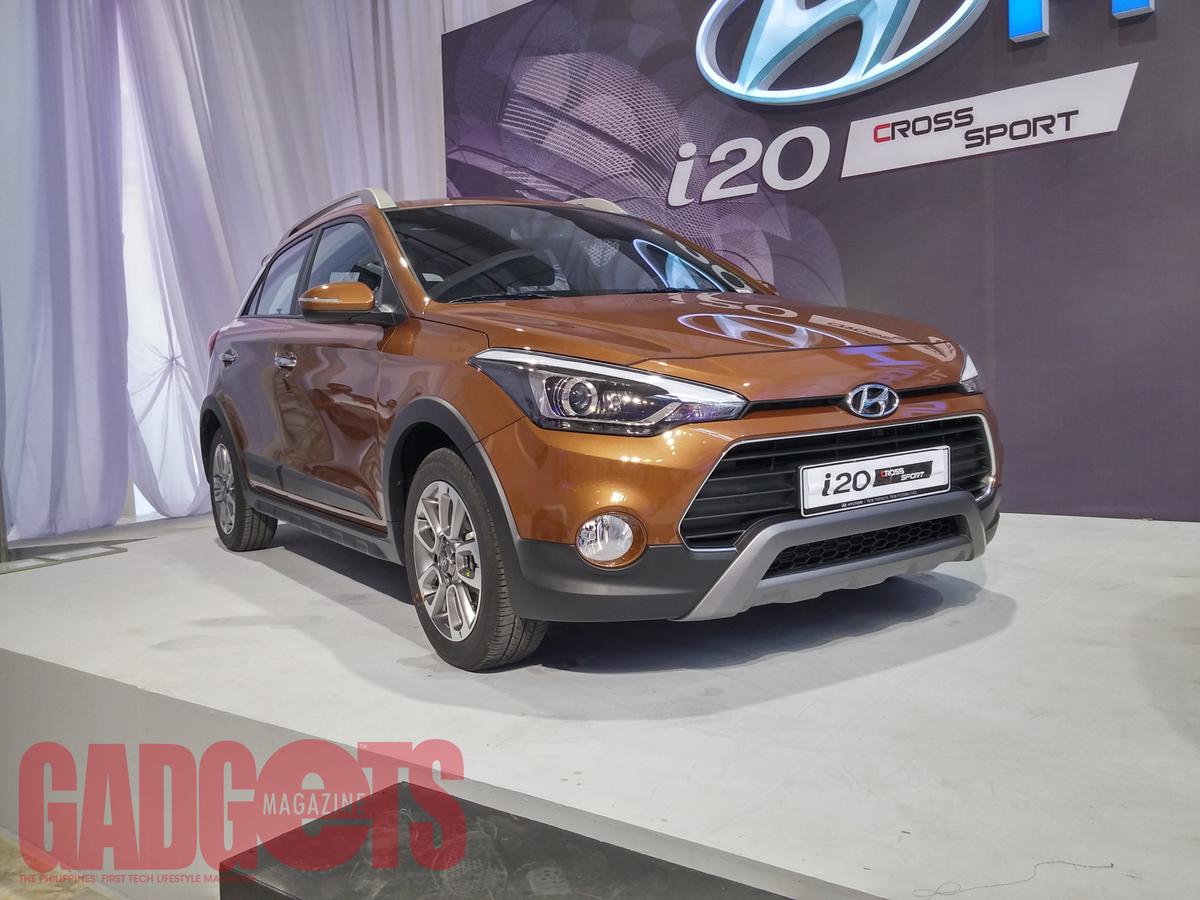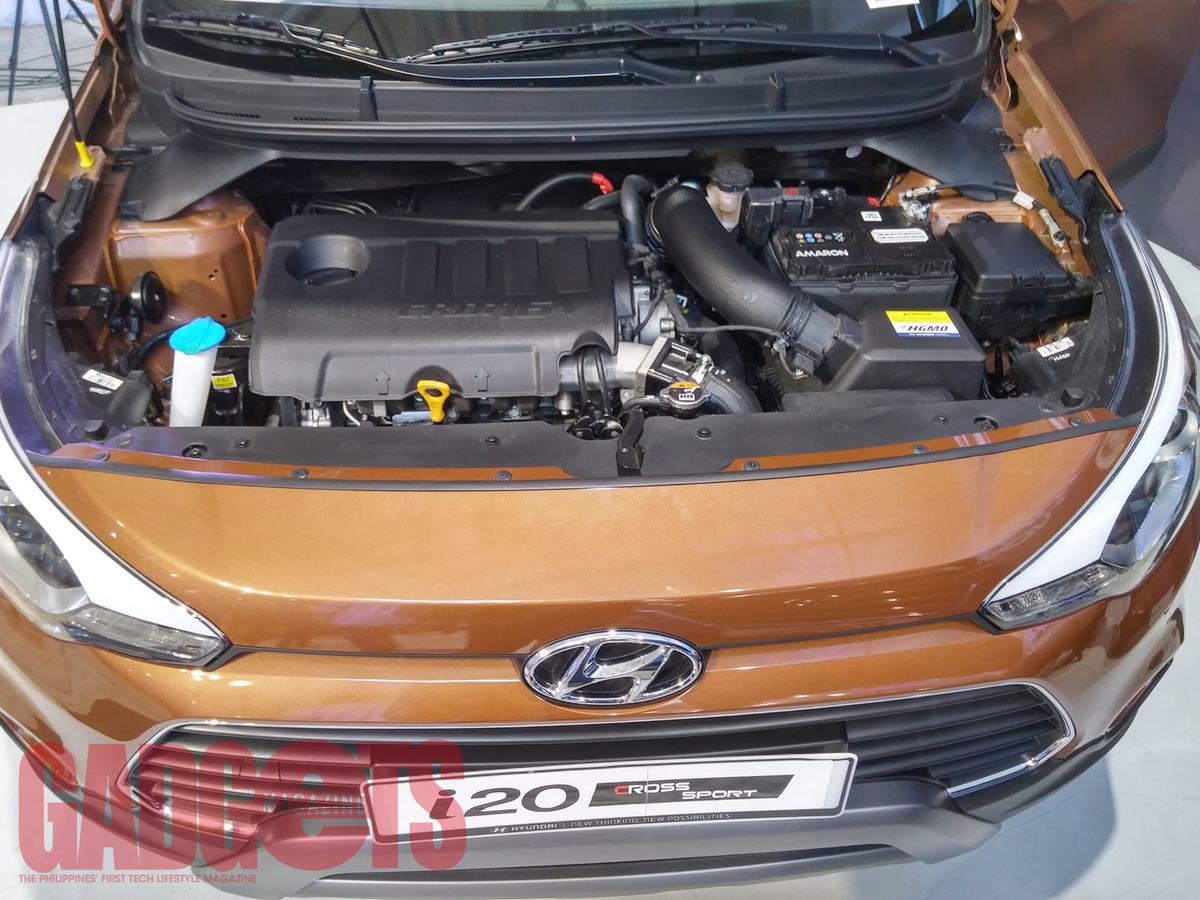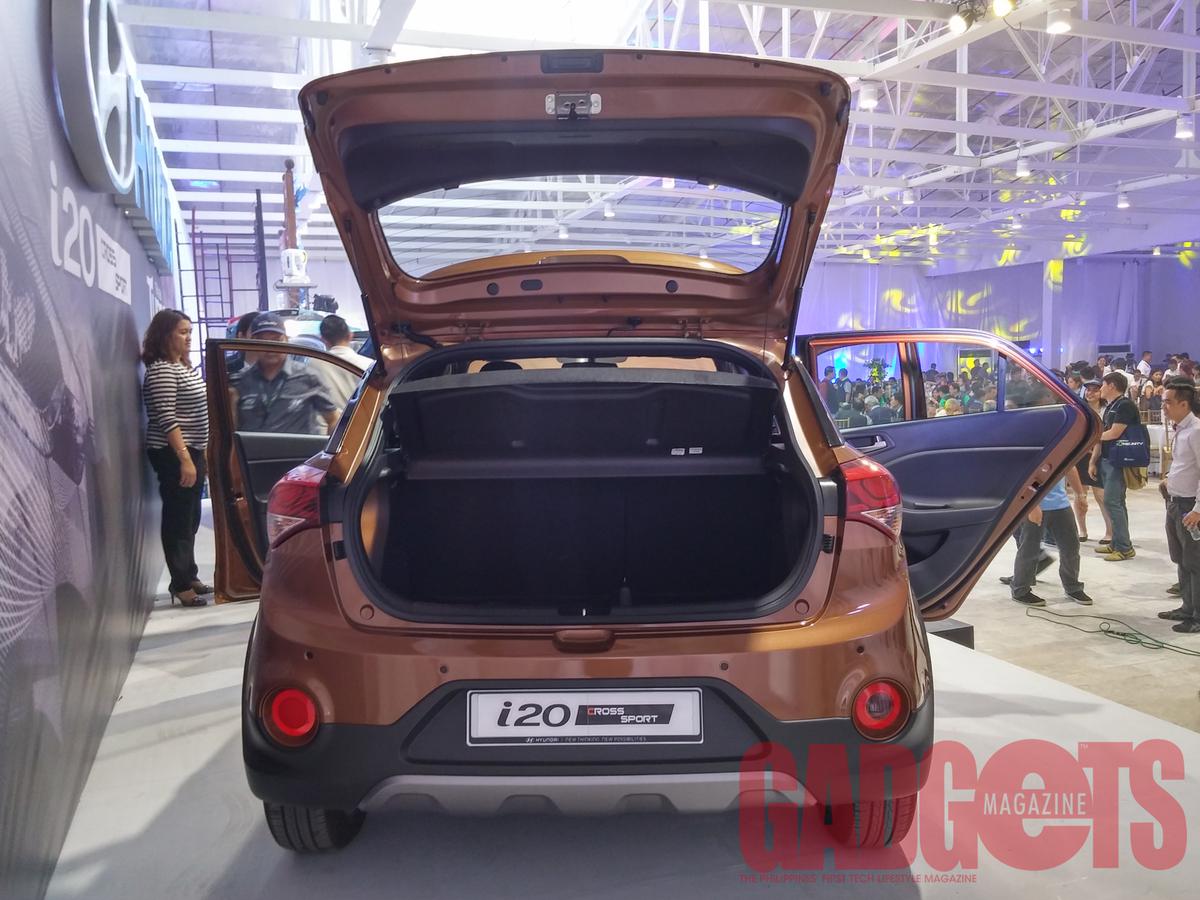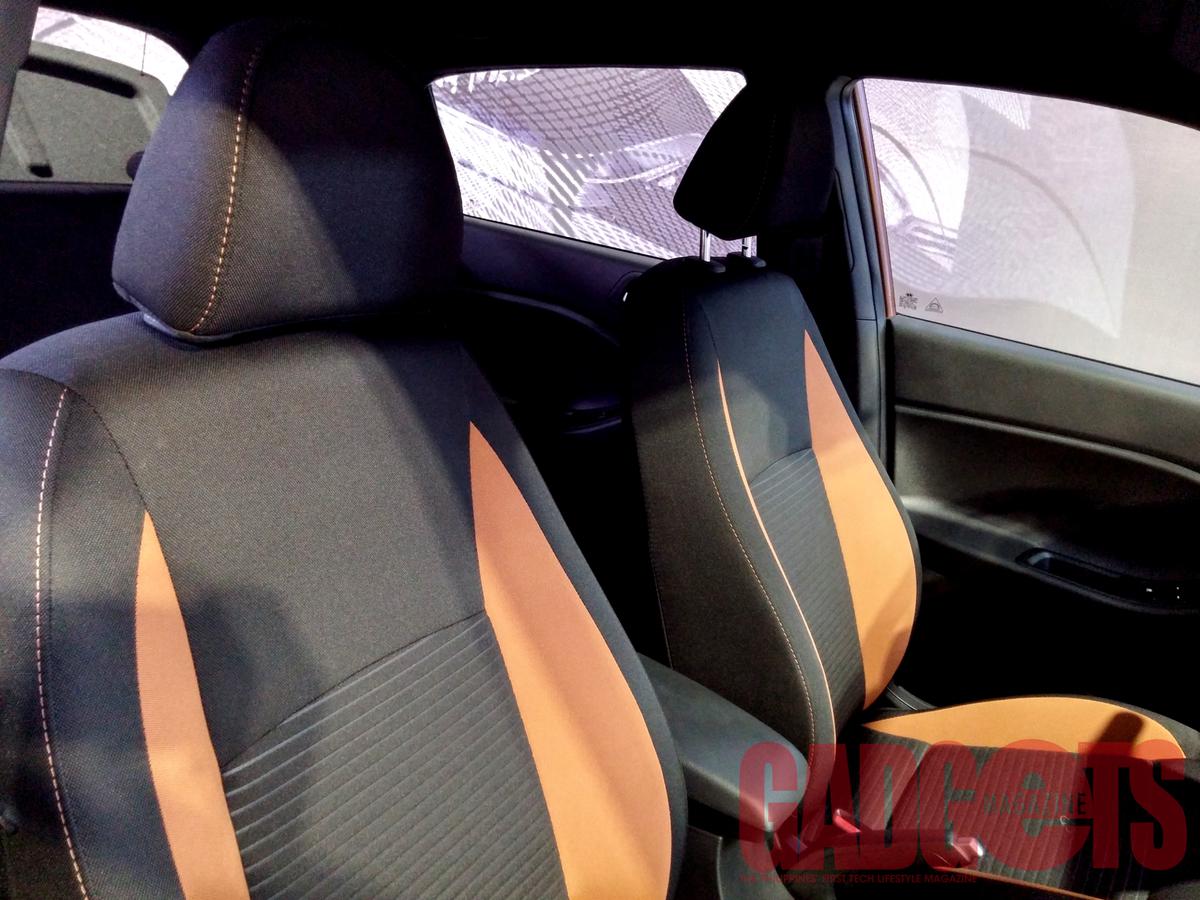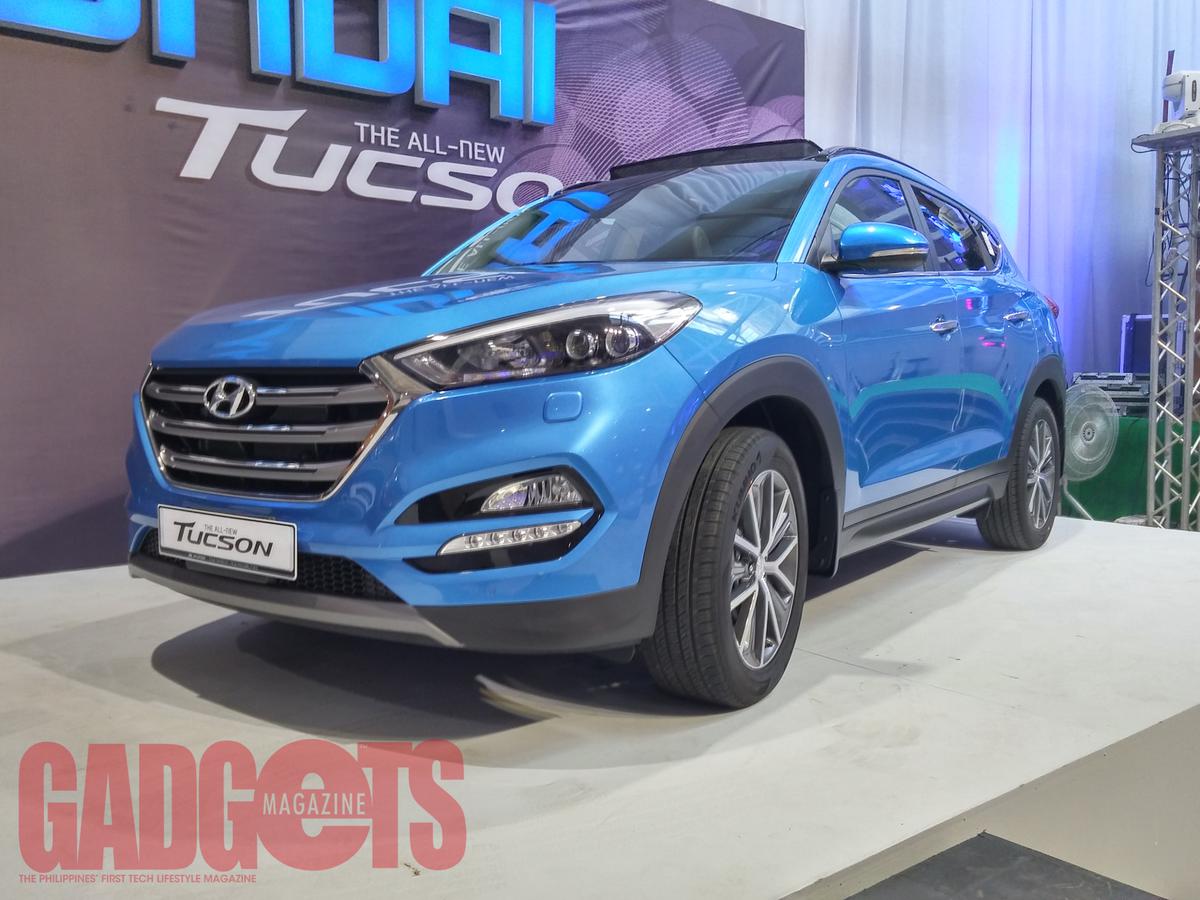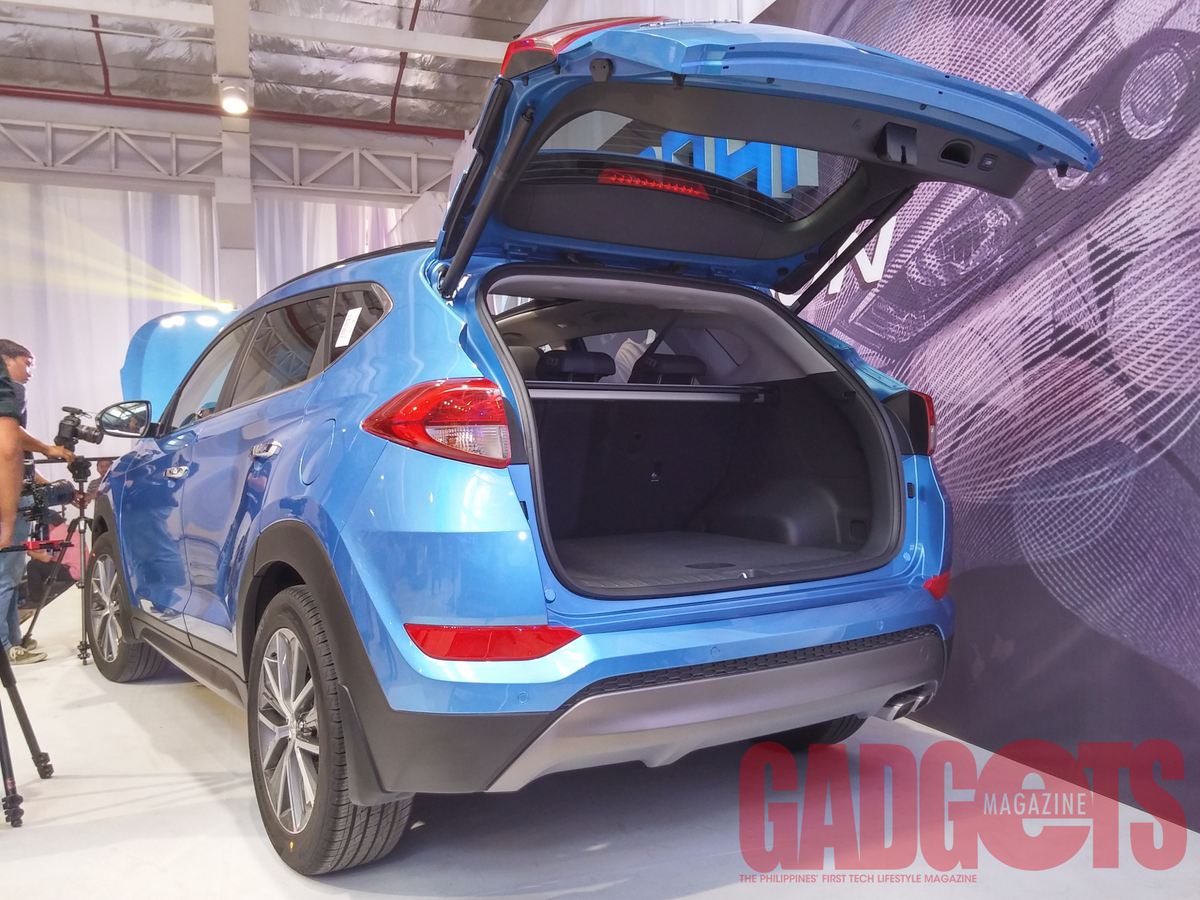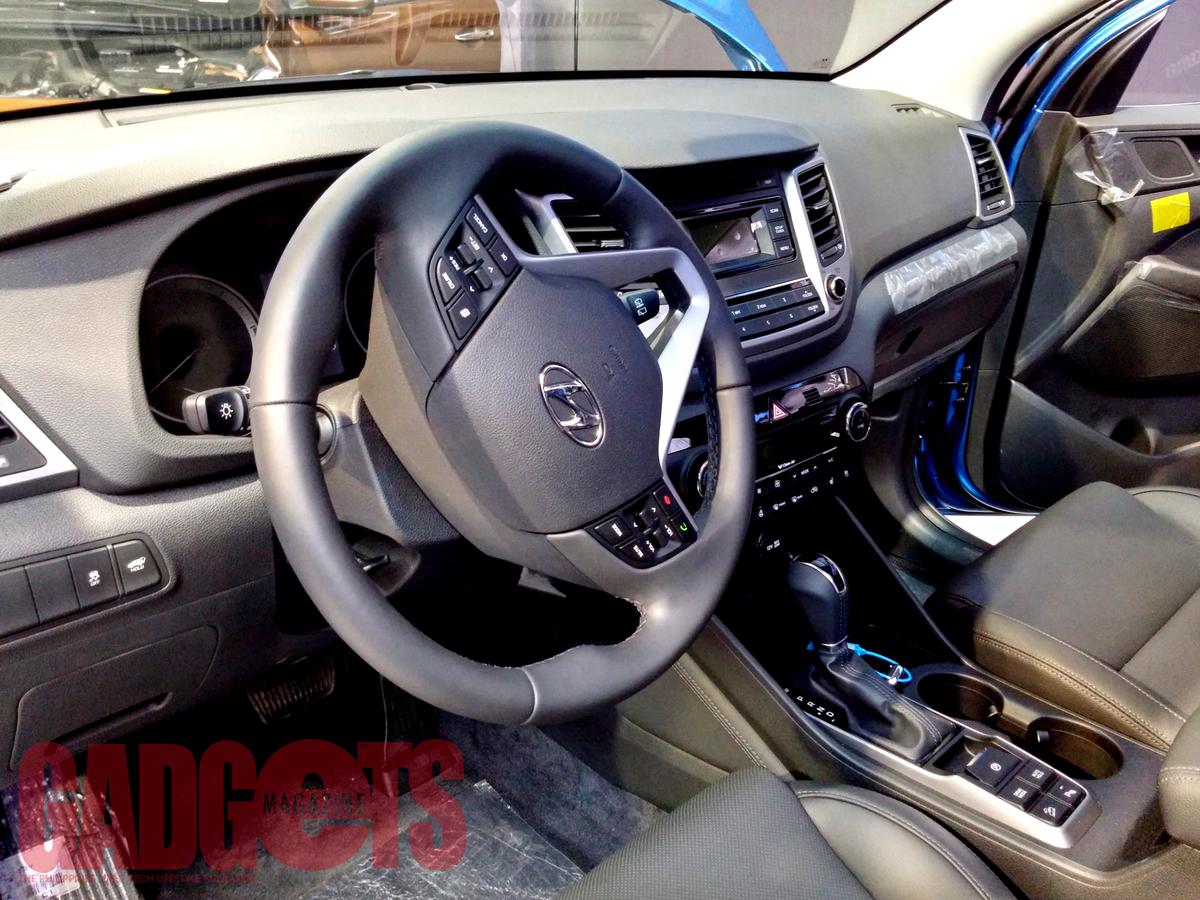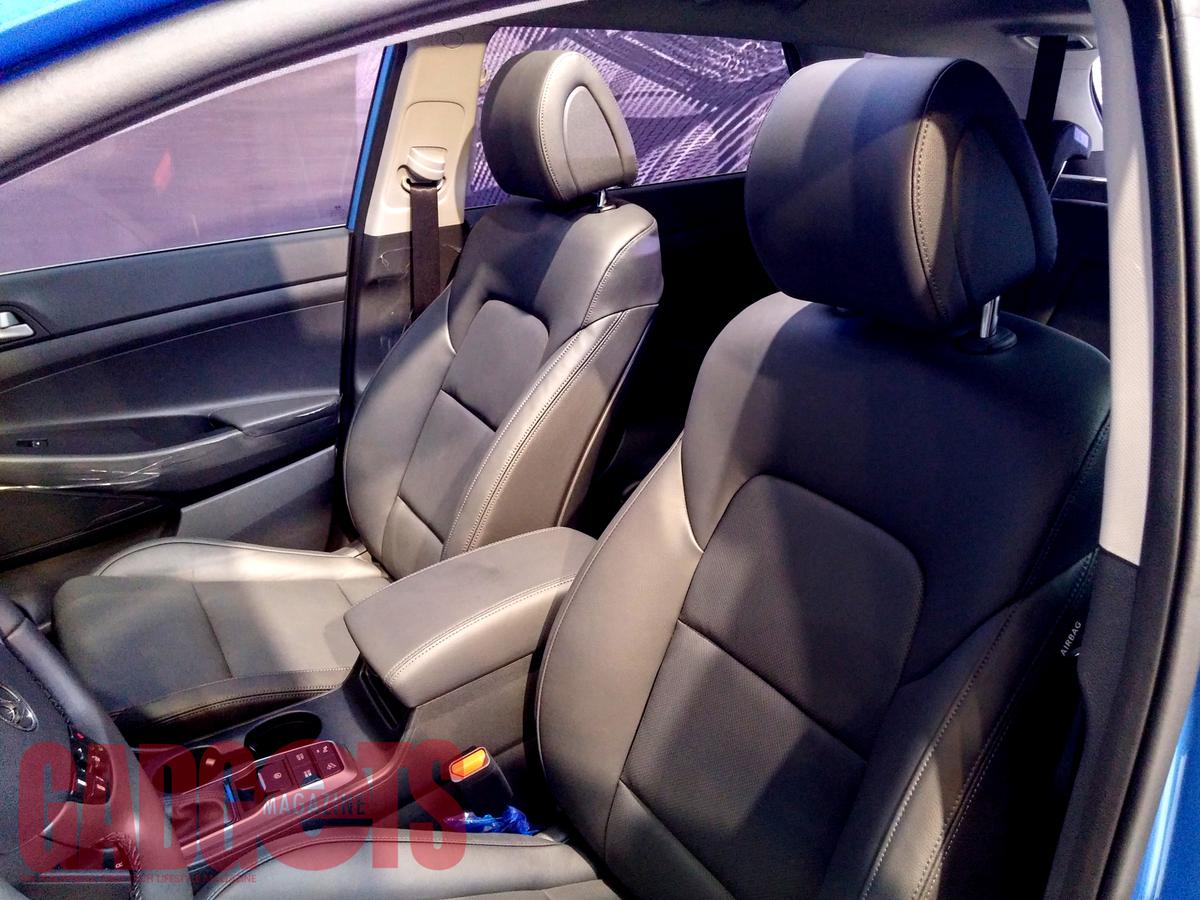Hyundai Asia Resources Incorporated (HARI) yesterday formally opened the brand new, state-of-the-art Hyundai Logistics Center (HLC) in Barangay Makiling, Calamba, Laguna. The 10-hectare, environment-friendly facility also served as the venue for the launch of HARI’s two latest nameplates, the i20 Cross Sport and Tucson.
The Hyundai Logistics Center
Sitting on top of 10-hectares of land along the Mount Makiling Forest Reserve and Tagaytay mountain ridge, the HLC is one of HARI’s pioneering efforts to becoming a leading eco-friendly automotive company. Ma. Fe Perez-Agudo, HARI president and CEO, commented, “We realized that we lacked this one thing: a concrete and unmistakable statement of our commitment as a business and a responsible corporate citizen to responsible innovation. And that is the Hyundai Logistics Center.”
HARI enlisted the help of environment-conscious architects in designing the adaptive and sustainable site. It meets the standards of the Philippine Green Building Initiative (PGBI), a group of professional associations sharing the same concern for nature. In fact, it was given the PGBI Kamagong certification for green buildings.
“GREEEN, with the three E’s, stands for Geared for Resiliency and Energy Efficiency for the Environment,” explained Architect Mel Punsalan, vice president for technical of PGBI, on their rating system framework. “GREEEN has the highest level at Kamagong; Kamagong is equal to platinum if we’re talking with the other rating systems.”
HLC utilizes both natural and LED lights to illuminate its facilities. Solar panels are also installed in some areas to supplement its power needs. Also on site is a water treatment facility for recycling and cleaning the water used in car preparation areas. No trees were cut, buildings are well-ventilated and are made from high-quality materials, and the whole area is filled with greenery up to the roof gardens.
The HLC is divided into various areas namely: Complete Build Unit (CBU) Receiving Area which temporary holds newly arrived cars; CBU Preparation Area 1 for detailing, washing, and drying; CBU Preparation Area 2 for end-to-end inspection; a Buy-off Area for car turnovers; customer lounge; Parts Warehouse; a Stockyard; and the Prow that serves as the corporate headquarters.
Other amenities that will be added to the HLC includes the Hyundai Academy training grounds, HARI’s Center for Climate Change, Hyundai Car Museum, and more solar panels.
“HLC is Hyundai’s flagship contribution to the national agenda for sustainability. It should set the standard for green buildings for the country’s automakers and distributors,” concluded Agudo.
Hyundai i20 Cross Sport
The new i20 Cross Sport will arrive in two engine types: a 1.4 Kappa Petrol engine with Dual MPI VIS mated to a 4-speed automatic gearbox; and a 1.4 U2 CRDi Diesel paired with a 6-speed manual transmission. The former doles out 100Ps @ 6000rpm and 13.6kgm of torque @ 3500rpm, while the latter provides 90Ps of power @ 4000rpm and 22.5Nm of torque @ 1500 to 2750rpm.
It has dimensions of 3,995 x 1,760 x 1,525mm (L x W x H) and stands 170mm of the ground with side mouldings, claddings, and a skid plate protecting its underside. Additionally, it comes equipped with roof rails, a rear tailgate spoiler with a stop lamp, projector headlamps, cornering headlamps, a front air dam with two-tone bumper, new hexagonal grille accented by chrome, and R16 alloy wheels all helping it look sporty and stylish.
Inside the i20 Cross Sport is a multi-function, tilt-and-telescoping steering wheel with integrated telephony and entertainment controls. Complementing the helm is a one touch signal system for changing lanes. For passenger convenience, the vehicle comes with 60:40 folding rear seats for cargo, numerous compartments and holders, rear airconditioner vents, and automatic side mirrors.
For safety, the i20 Cross Sport ships with various safeguarding features such as the Anti-lock Braking System, dual airbags for the driver and front passenger, impact sensing door unlock, reverse parking sensors, steering adaptive parking guideline, headlamp escort function, rear defogger lines, anti-pinch power windows, and an aluminum smart pedal system which overrides simultaneous accelerator and brake presses, applying only the brakes.
Hyundai Tucson
Hyundai’s new compact SUV features a bolder and more athletic stance thanks to the company’s Fluidic Sculpture 2.0 design philosophy. It measures 4,475 x 1,850 x 1,655mm (L x W x H) with a 2,670mm long wheelbase. Sharp contours, the signature hexagonal grille, slanted square-type wheel arches, a modified A-pillar, wedge-shaped LED lights and reflectors, and alloy wheel sets complete the Tucson’s outside aesthetics.
Going into the cabin, passengers will be greeted with an intuitive driver console with a non-reflective display screen, premium power-adjustable seats, and ventilation slots all around. Their safety is assured by a body made out of advanced high strength steel, vehicle stability management, hill-start assist control, dual front airbags, ABS with EBD, and seatbelt reminder alerts. Hyundai’s convenience package makes its way onto the all-new Tucson. Included are the auto cruise control, tire pressure monitoring system, on-board navigation system, and smart power tailgate.
Powering the Tucson is an engine in a 2.0 GL-PP 6AT 2WD or a 2.0 GLS-PP 6AT 2WD (Dsl) variant. The former produces 155Ps of power @ 6200rpm and 19.6kgm of torque @ 4000rpm. Meanwhile, the latter is capable of 186Ps @ 4000rpm and 41kgm of pull @ 1750 to 2750rpm. These are cradled by MacPherson/Multi-Link struts at the front/rear, and disc-type brakes.

